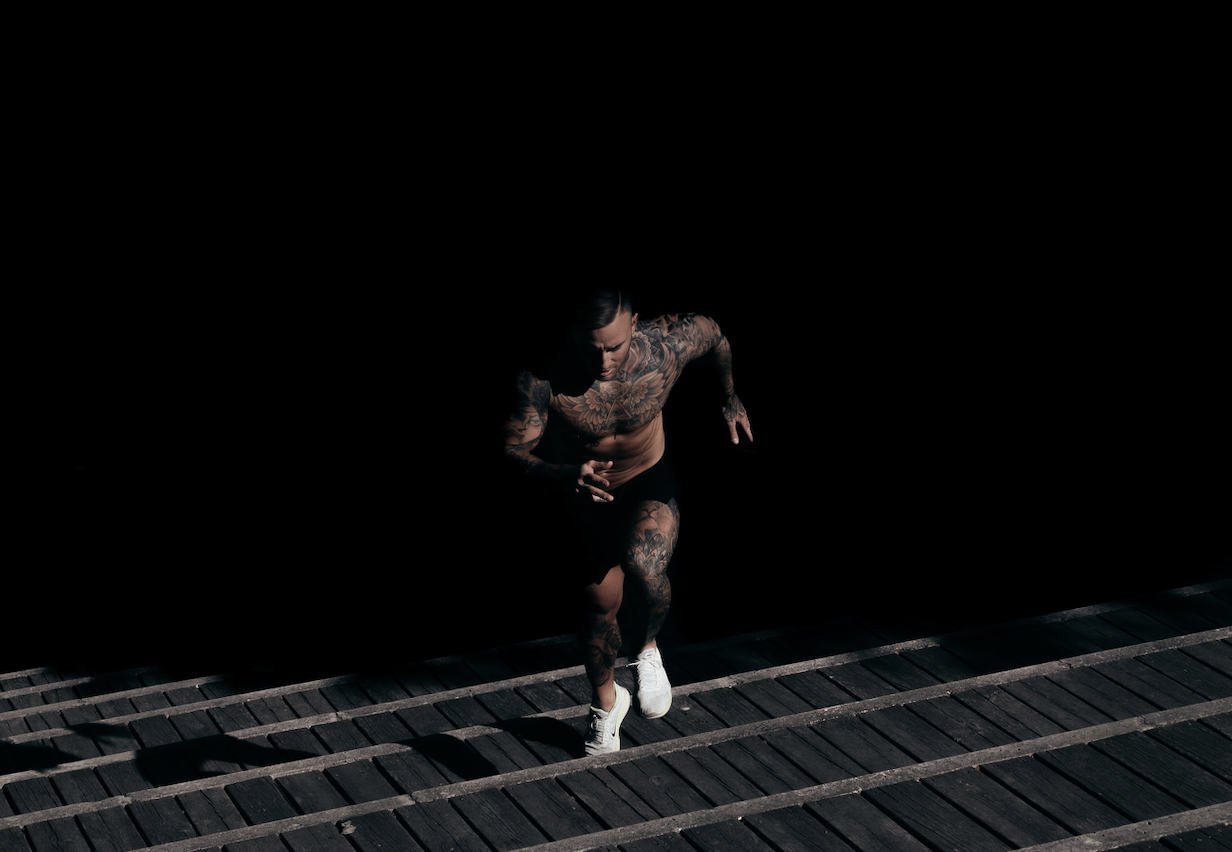The concept of mobility training as it stands today for Hybrid’ s athletes is rooted in the concepts laid out by Dr. Andreo Spina and the Functional Range Conditioning program. Where most mobility programs in the past tend to create only temporary changes (think static stretching, foam rolling and dynamic warmup), end range mobility training is a great tool to advance an athlete’s control over their body in both the predictable and unpredictable situations that occur every time you hit the ice.
Much like the same adaptation that comes from strength and speed training, proper mobility training can create better quality tissue so the next time you take a one-T off one knee from the slot, and the D-man falls on you, it’s not a season ending tear. Hopefully it’s cheese whiz and a line of glove taps for the celly. Owning your mobility helps you finish the play, finish the shift and finish the game. Training it is crucial. You’re not a serious player if you don’t, end of the story.
MOBILITY TRAINING VS. MOBILIZATION
Sometimes to understand something, it’s important to understand what something is NOT. Mobility is not the same thing as flexibility. Flexibility is the ability to achieve a certain degree of passive range of motion. For example, touching your toes in a forward folded position and holding there.
But picture the demands placed on a hockey player during competition; highly varied, explosive, violent and unpredictable…there is absolutely nothing passive about it. Every time a player hits the ice his body will be forced into involuntary, uncomfortable, and constantly changing positions in which he/she must have incredible control over his/her body in those compromised positions. The integrity, position during movement and ability of the bodies joints to be stressed, including the spine, should be of high priority.
That’s what your mobility training is for. When an athlete’s body is stressed to a point in which that body can no longer handle the load bearing stress—injury occurs. The primary goal for all athletes’ off ice programming is to mitigate injury during competition. It is not to set PR’s on squats. An athlete that is available to play is a wonderful thing.
The other important concept to understand is that mobilization and mobility training are most often NOT the same thing. Mobilization is great but understand it is only temporarily activating the body to perform a given movement or task, that’s not a bad thing, but it’s different! Foam rolling your hamstring will help move fluid and tissue around and engage the brain the body connection to likely help you lunge or deadlift for that day but the benefit is temporary. Mobilization is a great thing but won’t create the long term training effect athletes need. Mobility training forces permanent adaptation in improving active range of motion of your joints and control over movement and body position. Those gains will never go away unless you allow them to.
WHY IS MOBILITY TRAINING IMPORTANT?
Improving range of motion at the joints is a necessary process to give your body the prerequisites needed for movement and body control. Whether the movement is voluntary or involuntary, predictable or unpredictable, you must give your body the upper hand to absorb force and generate power. A quality program will improve your joint health and longevity, crucial for an athlete to sustain performance into his/her 30’s and 40’s but just as important is for when competition is done.
Sustaining quality of life when the party’s over is incredibly underrated and rarely talked about as a young athlete. Chronic pain from too much tension and pulling on the skeleton can be a miserable existence. Stay ahead of that circumstance. Another primary benefit of mobility is found in increasing the load bearing capacity of your joints. It is the best way you can mitigate injury and unnecessary time away from the ice. A great end range mobility program does this. It will have you walking away from training and practice feeling better, not worse.
Optimizing the stress placed on your joints will promote better tissue quality bringing you closer to an Ironman body and less occurrence of injury and pain. Lastly, if you improve on your end ranges of motion in your joints you are increasing the bodies ability to generate power and build strength. Hockey is one of the most explosive and power demanding sports. You must constantly be working to protect your body’s ability to be powerful…and to be powerful for a long time. Own control over your body and you’ll own your opponent.
-Ryan Clark
Owner & Lead Trainer at Hybrid Fitness

